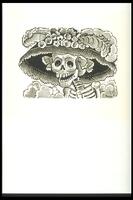9 UMMA Objects
9 UMMA Objects
![Very colorful print with a series of colored bands, separated with black lines, at the top. Below the rainbow-colored bands are three fragmented images of the head of the Disney character Goofy, in teal, pink, yellow and white. The main portion of the print below has a series of differently organized and vibrantly colored grids and square patterns. At the base, there is an olive colored box, outlined in black, with black text reading: "Protocol-Sentences' the most adequate cosmological symbol centricity and radial arrangements organized, as a rule, according to quaternary point p a point would in turn give rise to yet more neutrons until a veritable avalanche developed: [mathematical equation] / [mathematical equation] .... The mathematical implications of the process are quite explicit. A pound of uranium contains some needs. With this desideratun [<em>sic</em>] in mind, transfers from one setttlement to another will be made on an exchange basis, or refers to "the nullity of forms" and other normalizing / fa Very colorful print with a series of colored bands, separated with black lines, at the top. Below the rainbow-colored bands are three fragmented images of the head of the Disney character Goofy, in teal, pink, yellow and white. The main portion of the print below has a series of differently organized and vibrantly colored grids and square patterns. At the base, there is an olive colored box, outlined in black, with black text reading: "Protocol-Sentences' the most adequate cosmological symbol centricity and radial arrangements organized, as a rule, according to quaternary point p a point would in turn give rise to yet more neutrons until a veritable avalanche developed: [mathematical equation] / [mathematical equation] .... The mathematical implications of the process are quite explicit. A pound of uranium contains some needs. With this desideratun [<em>sic</em>] in mind, transfers from one setttlement to another will be made on an exchange basis, or refers to "the nullity of forms" and other normalizing / fa](/media/W1siZiIsIjIwMjIvMDkvMjQvMjU5YTVodXlnaV9kZWZhdWx0LmpwZyJdLFsicCIsInRodW1iIiwiMjQweDIwMCJdXQ?sha=21d8059f97c5a661)
Sir Eduardo Paolozzi (British (modern))
Protocol-Sentences
1967
Gift of Professor Diane M. Kirkpatrick
2000/2.11.4
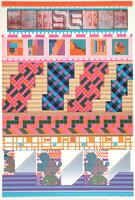
Sir Eduardo Paolozzi (British (modern))
A formula that can shatter into a million glass bullets
1967
Gift of Professor Diane M. Kirkpatrick
2000/2.11.2
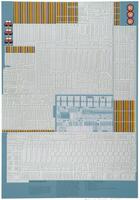
Sir Eduardo Paolozzi (British (modern))
War Games Revised
1967
Gift of Professor Diane M. Kirkpatrick
2000/2.11.10
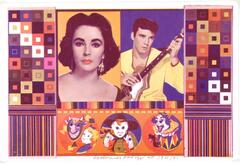
Sir Eduardo Paolozzi (British (modern))
An Empire of Silly Statistics...A Fake War for Public Relations
1965 – 1970
Gift of Professor Diane M. Kirkpatrick
2000/2.14.10
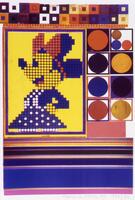
Sir Eduardo Paolozzi (British (modern))
Inside Down Under... What are the building blocks of structuralism?
1965 – 1970
Gift of Professor Diane M. Kirkpatrick
2000/2.14.15
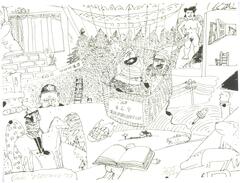
Red Grooms (American (North American))
Untitled, from "The New York Collection for Stockholm: 30 Artists"
1973
Gift of Mr. Robert Rauschenberg
1976/2.112
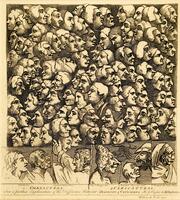
William Hogarth
Characters and Caricatures
1743
Gift of Ellen Perley Frank for the collection of Ralph E. Shikes
2010/2.50

Sir Eduardo Paolozzi (British (modern))
Horizon of Expectations
1967
Gift of Professor Diane M. Kirkpatrick
2000/2.11.3
Loading…
